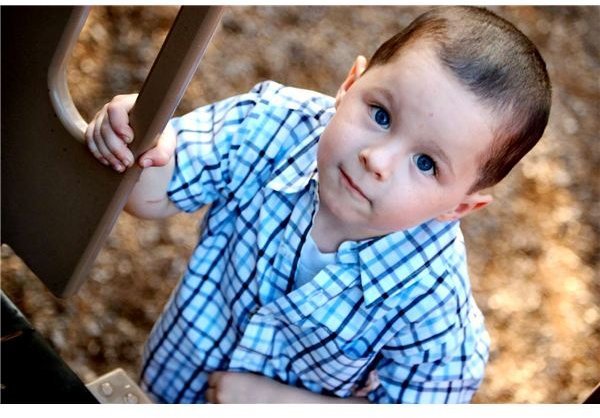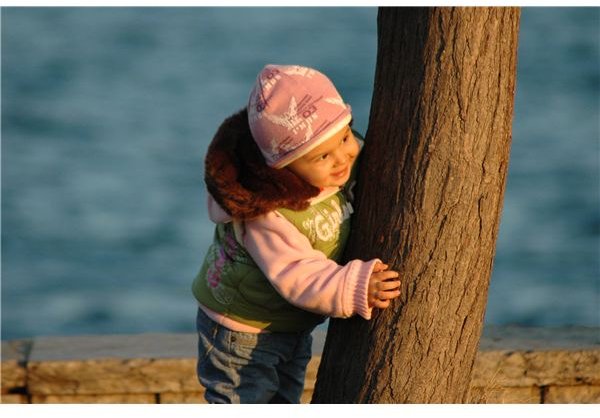Toddler Photography: How to Take Images, Set Poses, and Create a Great Visual Pattern
Color Memories
For most people, photography is intended to capture the most important moments in their lives. When it comes to family members, especially the younger ones, this means getting images of them at different stages so they can always have a visual representation of the memory. There is often times a gap between the infant photography that people flood their homes with and the later, school oriented portraits with nothing in the middle. The toddler years see much of the growth that a child incurs, as well as the time in which they feel out the world. Here is a look at how to take great photos of children in this unique age group.
Choices and Activity
The most important thing you have to note about toddler photography is that they are neither infants nor older children, and in this way you have to separate yourself from the aesthetic requirements of both. Infant photography often works well because you can essentially pose the child for the picture, and when they are older they are able to take instruction and remain still. With toddlers it
tends to work somewhat differently because they have recently discovered their mobility and will be hard to make still. To successfully get photos of them you should try one of two things: make them still by making it a game or having incentives or capture them when they are in mid activity.
If you are going to try to photograph them when doing something it is best to try to set them up with a real activity such as an object oriented game, preferably outdoors. This will give them something to focus on, and you can then participate with the digital camera in hand. This is going to allow them to go through a range of positions, remain committed for a period of time with the activity, and give you a chance to try different image positions out. When you are going to do this the most important technical aspect you have to consider is to bring the shutter speed above 1/60 so as to reduce motion blur, which is of primary importance in this case. You are going to want the clearest possible images for your toddler photography since it is important to actually see the child rather than just presenting a visual indication of motion.
Posing
If you have decided that you want to actually have the kids stationary and prepared for the camera then you will have to consider how

toddler photography poses work themselves out. Since toddlers are now able to have full, if even specialized, outfits, you want to consider a pose that is going to allow for the clothes to be seen as they are going to be part of the overall presentation. More than this, you want to maintain the playfulness of the age by having them sitting in a somewhat unconventional situation.
These types of positions really are about the ability of the toddler to be playful with the camera, such as:
- The child’s back three quarters toward the camera with them looking back.
- Them standing with toys, attention at the camera as if it was a play partner.
- Close up on the face with their head tilted up and eyes pointing toward the camera.
The best toddler photography poses are going to come from a direct interaction between the photographer and the child, which means that you will not entirely have them become non-participants in the way you do with conventional portrait photography. Instead, you are going to want to present a playful photographic situation and then try out a few specified poses. Make sure you determine these toddler photography poses ahead of time so that you can go through them with a reasonable amount of speed as you are going to be dealing with a short attention span from your subject.
Setting the Scene
Both infant and child portraits tend to be fairly minimalist, but you may want to avoid this for the images of your toddler. The reason is that even more than the physical period of development, this time in their lives is known for playful exploration and so you are going to want to highlight that in your actual image. Do this by utilizing backgrounds and props so that you can present an overall situational context for the photo.
This is going to be of a special importance when using a studio or indoor setting, and in these cases you will want to use a very specific type of artificial lighting. Try an overall soft light that is going to blanket the area, giving it a slight glow. This will present the image as a memory and add an “unreal” sensibility to the image that is nice for this type of photography.
References
Photos
Source: Author’s own experience.
